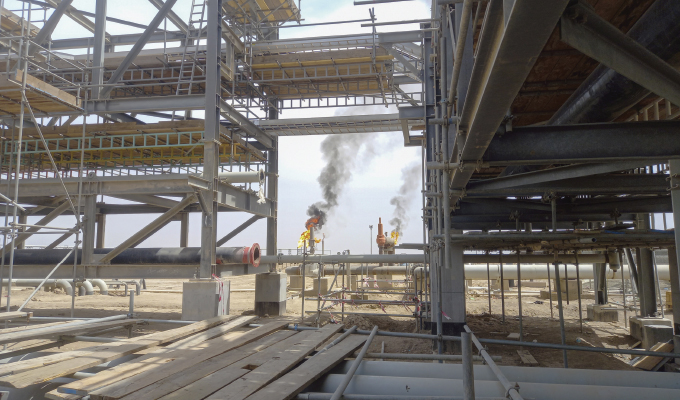Dry well submersible pumps are some of the most versatile and reliable products on the market today. They’ve earned that reputation through years of solid performance in a variety of applications. Below, SWPA Executive Director Adam Stolberg discusses the real-world benefits of this equipment with Crane’s Layla Wilhelm and Rana Elbittibssi of Xylem Flygt.
Scouting the details of a pumping application is critical to ensuring the best performance of any pump, so what are some of the installation advantages of dry well submersible pumps?
One of the greatest advantages of a dry well submersible pump is the ability to operate in a variety of installations. A dry well submersible pump can operate un-submerged, partially submerged, or completely submerged due to the motor design. Thus, these pumps can be found in wet wells or dry wells. Because the motor is capable being submerged, the pumps offer protection against flooding in dry wells, and will continue to operate if the dry well does flood.
Dry well submersible motors also typically have a high efficiency motor. These high efficiency motors can lead to energy savings over an older motor design, as they consume less energy over the operational life.
Most people are familiar with the limitations of conventional dry pit installations, but how do dry well submersibles overcome these and what are some benefits unique to their design?
The specific advantages of installing pumps directly in the wet pit versus in a separate dry pit are obvious (smaller station footprint, higher NPSH available, lower noise level, optimal motor cooling, etc.).
When a consultant or end user decides that pumps shall be installed in a dry pit, usually for maintenance, hygiene, or environmental reasons, there are still many advantages with using submersible, close-coupled pumps versus traditional dry-pit pumps driven by non-submersible motors.
Depending on the pump size and the risk for the dry pit to be flooded, a traditional dry-pit pump can either be of the close-coupled type, the long-coupled type or with intermediate shafting between the pump and the motor.
Dry submersible pumps offer many advantages and benefits as far as impact on the civil work, flexibility, reliability, safety, vibration and noise level, ease of installation and maintenance.
City governments are often pressed for increased performance in their municipal water systems while also facing down an aging infrastructure and budget constraints. How can dry well submersibles help them meet their budgetary needs?
Because a dry well submersible is typically constructed with a high efficiency motor, like an IE3 rated design, they offer energy savings to the customer. While the upfront cost of a dry well submersible is often more expensive than other submersible motor technologies, the energy savings can offset this added cost quite quickly. Some pump designs can recoup this cost in two or three years! These pumps are also designed to be quite robust, and thus can reduce maintenance costs over the pump life as well.
Dry well submersibles were once commonplace only in coastal areas. What impact has the trend of more frequent and more widespread flooding and intense storms had on this market?
Dry well submersibles are still quite common in coastal areas, as flooding in those regions continues to be a major issue. But as the climate changes, we are seeing major flooding in places we have not previously. A great example is the recent storms in St. Louis, Missouri. Recent storms have resulted in unprecedented flooding in the center of the county. Because dry well submersibles can still operate while completely submerged, regardless of the installation type, these pumps are gaining popularity with customers. This is because the pumps are protected against flooding and thus they will not need to be replaced after the flood, but they also can help mitigate the flood in certain installations. This allows the customer to return to normal operation much faster after a flood event than they would with a traditional dry pit pump.
OEMs are releasing bigger and more efficient dry well submersible on an almost annual basis. What needs are these more powerful pumps meeting for their users?
The increased demand for more safe handling, improved working environment, ease to access, ease to service, and fast operation led manufacturers to expand on dry well submersible to reach customers’ needs and to provide the balance on optimized pumping applications.


